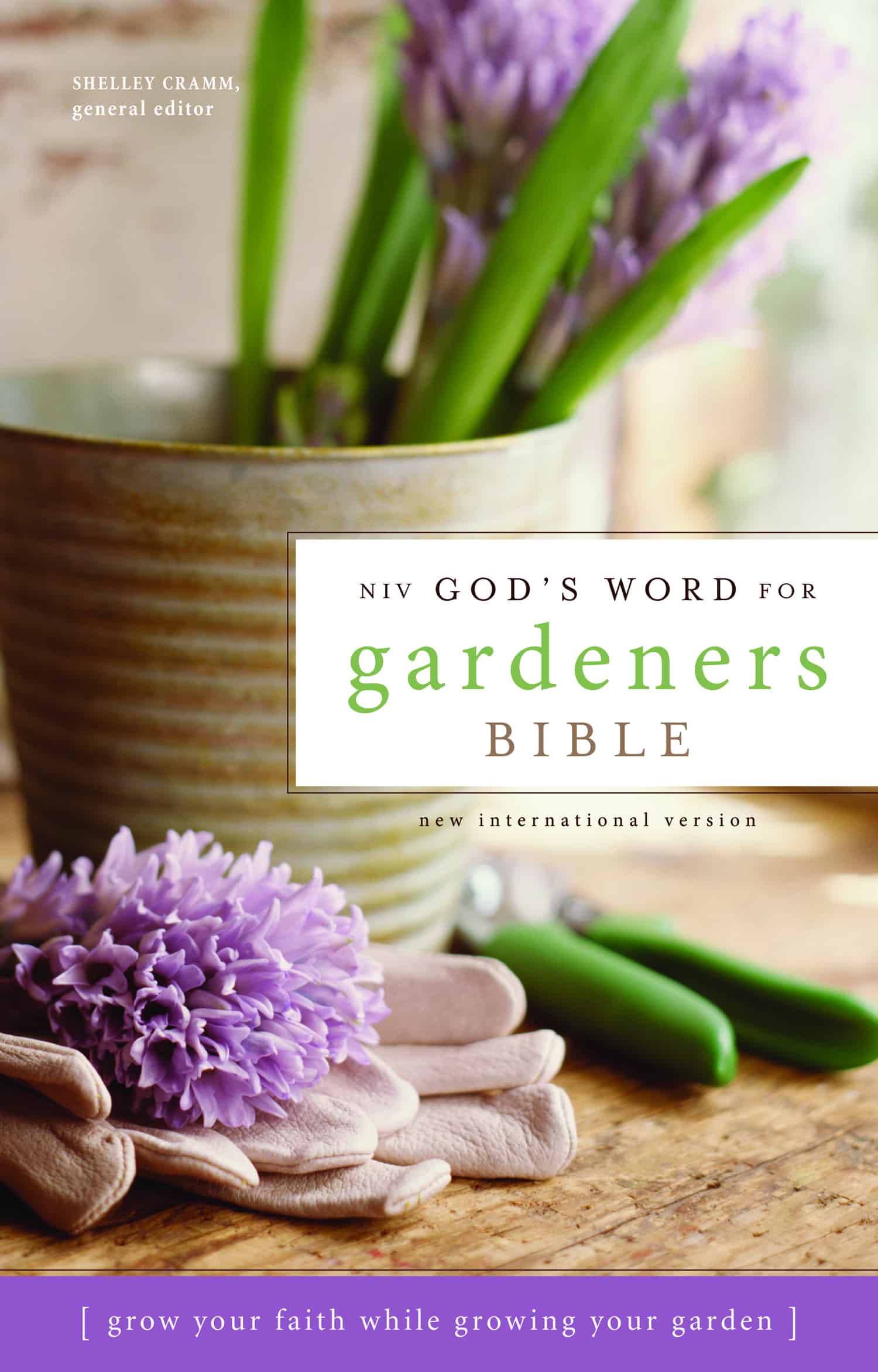Myrtle
Myrtus communis
Myrtaceae, Myrtle Family


“Go out into the hill country and bring back branches from olive and wild olive trees, and from myrtles, palms and shade trees, to make temporary shelters”—as it is written.
Nehemiah 8:15 NIV

Find Myrtle in NIV God's Word for Gardeners Bible featured near Nehemiah 8:15 & as part of the Garden Work section, devotions on Propagating, pages a-30 & a-31
 test
test
 test
test
Instead of the thornbush will grow the juniper, and instead of briers the myrtle will grow. This will be for the Lord’s renown, for an everlasting sign, that will endure forever.
Isaiah 55:13 NIV
Cultural Information
| Type | Edible Shrub, hardy to Zone 8 |
| Height | 8 to 25 feet |
| Soil | prefers slightly acidic soils, good drainage a must |
| Exposure | full sun to partial shade |
| Leaves | evergreen, dark, glossy, fragrant, oval shaped, pointed |
| Flowers | dainty, white floral sprays with delicate stamen, dotted on end with golden anthers |
| Fruit | small oval, dark purplish blue berries, flavorful for cooking |
Planting Tips
- plant myrtle in a sunny garden exposure for best blooming
- myrtle endures partial shade as well, yet it will grow more slowly and bloom more modestly
- myrtle is a water savvy plant, enduring times of scant water yet thriving with occasional deep waterings
- good drainage is essential
- grow plants side by side with 4 foot spacing to form hedges and privacy screens
- myrtle takes shearing and pruning well; often shaped in box hedges or topiary forms
- natural form of shrub will be mounded; cut away lower branching to form a small tree
- myrtle grows well as a container plant; enjoy in pots to bring indoors in colder hardiness zones
Garden to Table
- sprigs and branches make excellent cut greenery for wreaths, garlands, and bouquets
- enjoy myrtle indoors in dwarf or 'compacta' varieties as tabletop topiaries
- Jewish and English traditions include myrtle sprigs in wedding bouquets
- myrtle leaves add an elegant, fresh flavor to cooking, somewhat camphor-like, between bay laurel and mint
- remove leaves after cooking, as with bay leaves
- pairs well with juniper berry for sauces and marinades
More Research
See Blog Posts on MyrtleMyrtle has a joyful, triumphant stature, its dark green branches highlighted at their ends with bright, white flowers...This was the nature of Israelites’ celebrating in today’s Scripture, having returned from exile to rebuild their nation (Nehemiah 8:10 – 12). God brought them back to their land, to the strength of their history with God, and gave them a clear understanding of his Word (verse 8), a sweet refreshment of their relationship with him.
-from the NIV God's Word for Gardeners Bible

Instead of the thornbush will grow the juniper, and instead of briers the myrtle will grow. This will be for the Lord’s renown, for an everlasting sign, that will endure forever.
Isaiah 55:13 NIV
Photo Credits
© 2010 Kavram | Dreamstime.com - The Branches Of The Myrtle for the Jewish holiday of Sukkot
©2013 Wendy Cutler Creative Commons Myrtus communis, at Garinish Island (Ilnacullin), Glengarriff, County Cork, Ireland
©2012 Candiru at Flickr Creative Commons Myrtus communis

